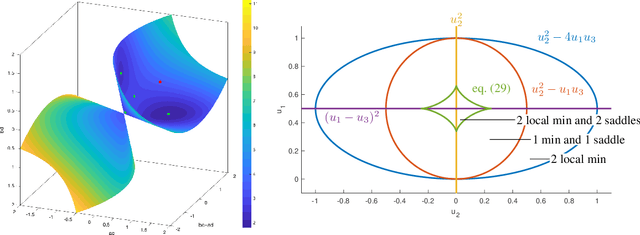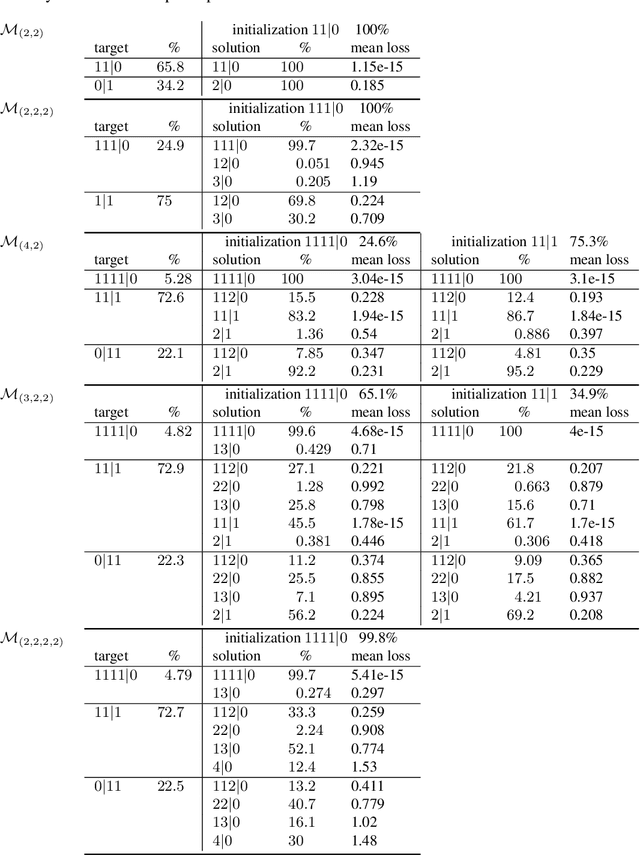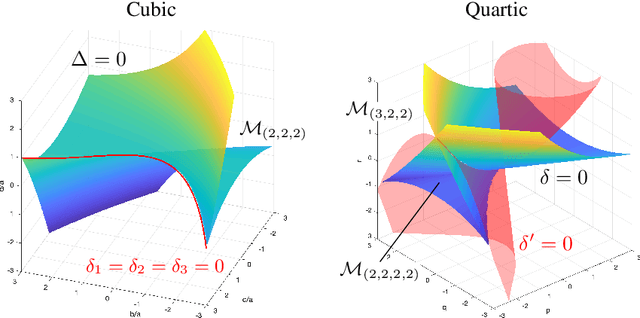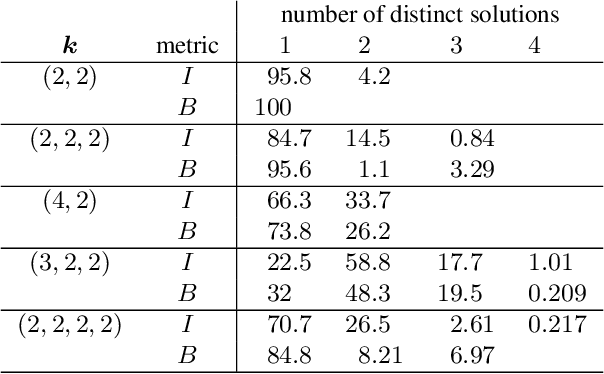Geometry of Linear Convolutional Networks
Paper and Code
Aug 03, 2021



We study the family of functions that are represented by a linear convolutional neural network (LCN). These functions form a semi-algebraic subset of the set of linear maps from input space to output space. In contrast, the families of functions represented by fully-connected linear networks form algebraic sets. We observe that the functions represented by LCNs can be identified with polynomials that admit certain factorizations, and we use this perspective to describe the impact of the network's architecture on the geometry of the resulting function space. We further study the optimization of an objective function over an LCN, analyzing critical points in function space and in parameter space, and describing dynamical invariants for gradient descent. Overall, our theory predicts that the optimized parameters of an LCN will often correspond to repeated filters across layers, or filters that can be decomposed as repeated filters. We also conduct numerical and symbolic experiments that illustrate our results and present an in-depth analysis of the landscape for small architectures.
 Add to Chrome
Add to Chrome Add to Firefox
Add to Firefox Add to Edge
Add to Edge